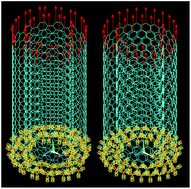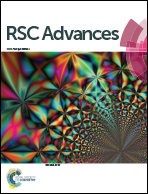Elastic properties of carbon nanoscrolls
Abstract
The ability to develop mechanical models for nanostructures is of great importance in today's nanotechnology. However, little is known about nanomechanics of several carbon nanostructures other than carbon nanotubes. Here we report a model to predict the elastic properties of one such nanostructure called the carbon nanoscroll. The model is based on a molecular structural mechanics approach and the properties, including Young's and shear moduli, are sought using a finite element method. The influences of geometric parameters such as inner radius, number of turns, length and chirality of the carbon nanoscroll on its properties are investigated. Also, the effect of taking van der Waals interactions into consideration is studied. The results indicate that the stiffness of the carbon nanoscroll under tension is similar to that of carbon nanotubes. However, its torsional stiffness is highly dependent on van der Waals interactions. Without considering van der Waals interactions, the shear modulus of the carbon nanoscroll is one order of magnitude less than that of carbon nanotubes, which is attributed to the open topology of the carbon nanoscroll. However, if van der Waals interactions are taken into consideration, both nanostructures have close elastic properties.


 Please wait while we load your content...
Please wait while we load your content...